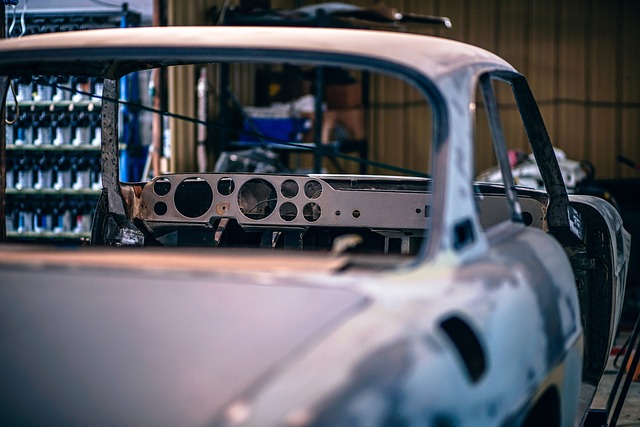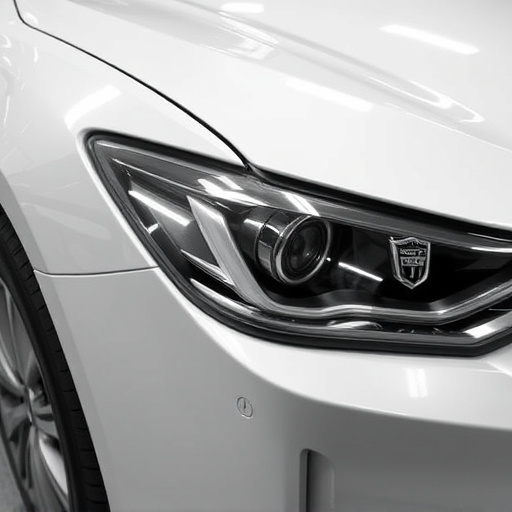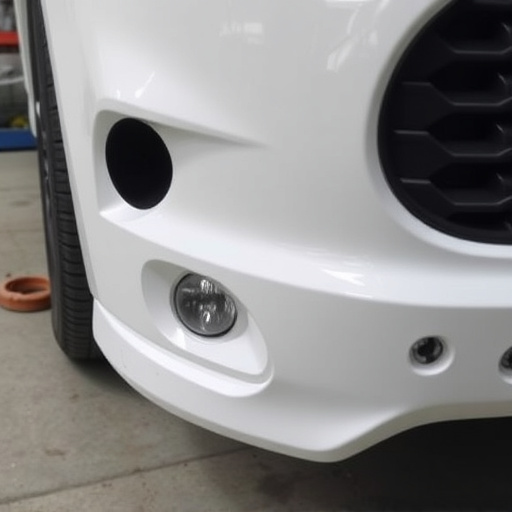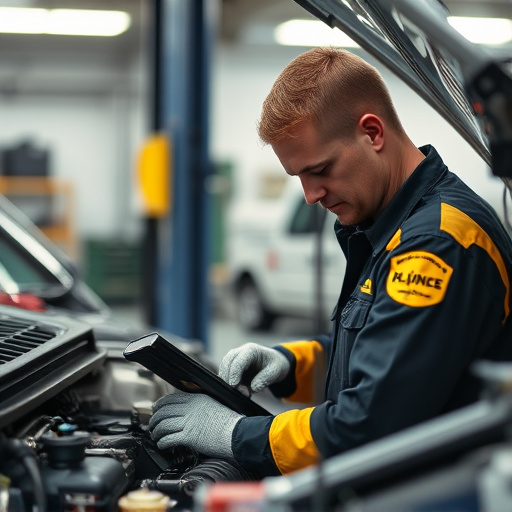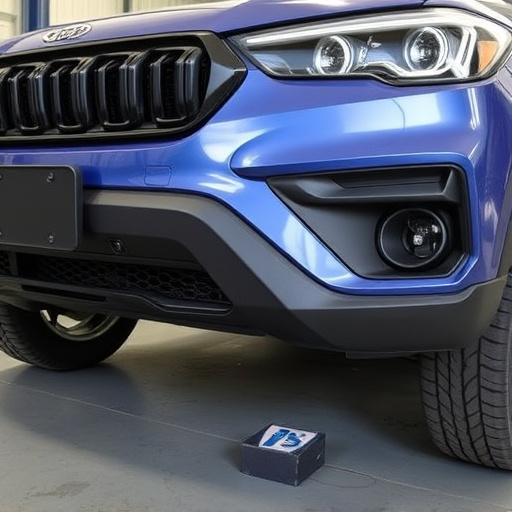The rain sensor glass, a vital component in modern vehicles' ADAS, ensures safe driving by activating wipers and other features upon detecting moisture. Maintaining and repairing this system is crucial for optimal vehicle performance and safety. Regular cleaning, prompt repair of nearby bodywork issues, and professional troubleshooting are key to prolonging the lifespan and effectiveness of the rain sensor glass.
Unleash the full potential of your vehicle’s rain-sensing wipers with our advanced tips on rain sensor diagnostics. This comprehensive guide delves into the intricate world of rain sensor glass, explaining its components and functionality. We equip you with effective troubleshooting techniques to tackle common issues swiftly.
Moreover, discover optimized maintenance routines to ensure prolonged lifespan of your rain sensor glass repair. Master regular care practices and revolutionize your driving experience in all weather conditions.
- Understanding Rain Sensor Glass: Components and Functionality
- Advanced Troubleshooting Techniques for Common Rain Sensor Issues
- Optimizing Maintenance: Regular Care for Prolonged Rain Sensor Lifespan
Understanding Rain Sensor Glass: Components and Functionality

The rain sensor glass, a sophisticated component in modern vehicles, is an integral part of advanced driver-assistance systems (ADAS). Comprising several intricate parts, its primary functionality is to detect moisture on the windshield, enabling features like automatic wiper activation and adaptive cruise control. The core elements include a transparent sensor cover, often made from durable glass or plastic, which houses the actual sensors. These sensors can be electromagnetic, using subtle electric currents to measure water droplets’ interference, or they might employ optical methods, detecting changes in light reflection due to condensation.
Behind this glass lies a complex web of circuitry and processing units that interpret sensor data and trigger corresponding actions. A defect in any part—from the sensor itself to its connection with the vehicle’s electronics—can lead to inaccurate readings, affecting the overall performance of safety-critical systems. Therefore, understanding the rain sensor glass’ construction and potential issues is crucial for both drivers and auto repair professionals, especially when considering services like frame straightening or collision repair, ensuring optimal vehicle safety and functionality in all weather conditions.
Advanced Troubleshooting Techniques for Common Rain Sensor Issues

When it comes to advanced troubleshooting techniques for common rain sensor issues, understanding the intricate workings of the rain sensor glass is key. These sensors, often integrated into a car’s windshield or side mirrors, play a vital role in enhancing safety by activating wipers when needed. If you’re experiencing problems with your rain sensor, the first step is to inspect the sensor itself for any physical damage, such as cracks or debris buildup on the glass surface. A thorough cleaning using specialized solutions designed for automotive applications can resolve issues caused by dust, dirt, or insect remains.
For more complex problems, advanced diagnostic tools can help identify specific errors codes associated with the rain sensor. These tools allow technicians to pinpoint issues like faulty wiring, sensor malfunction, or even software glitches that may require a reset or an update. Remember, regular maintenance and timely repairs for any car bodywork concerns, including rain sensor glass repair, are essential to keep your vehicle safe and reliable on the road. Moreover, seeking professional help from experienced auto dent repair services can ensure precise troubleshooting and effective solutions for all your car repair needs.
Optimizing Maintenance: Regular Care for Prolonged Rain Sensor Lifespan
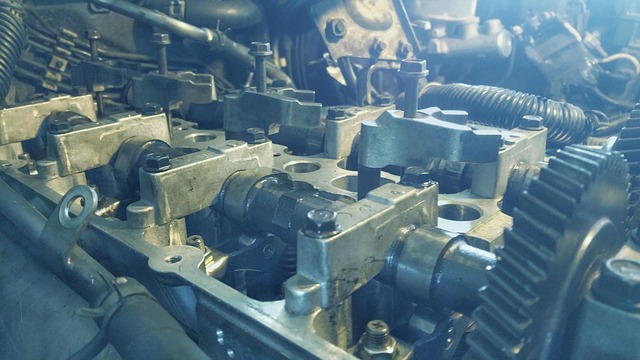
Regular maintenance is key to ensuring your rain sensors remain operational and extend their lifespan. A crucial aspect is keeping the sensor glass clean and free from debris. Over time, small cracks or chips in the glass can accumulate dirt and impact its transparency, hindering the sensor’s effectiveness. Consider implementing a routine cleaning regimen using distilled water and mild soap, then rinsing thoroughly to prevent residue buildup. This simple step can significantly optimize sensor performance.
Additionally, addressing any car bodywork services concerns early on is vital. Minor dents or dings near the sensor area might seem insignificant but could compromise its functionality. A fender repair or auto painting session could be necessary to restore the vehicle’s structural integrity and ensure the rain sensor glass repair process enhances overall durability. Regular checks and prompt repairs will contribute to a well-maintained system, enhancing both safety and efficiency.
Rain sensor diagnostics are a crucial aspect of maintaining the efficiency and longevity of your vehicle’s windshield wipers. By understanding the components and functionality of rain sensors, implementing advanced troubleshooting techniques, and optimizing regular maintenance routines, you can ensure optimal performance during rainy conditions. Remember, proper care for rain sensor glass repair is key to preventing costly replacements and enhancing driving safety. With these advanced tips, navigate through common issues and keep your vehicle’s wiper system in top shape.


